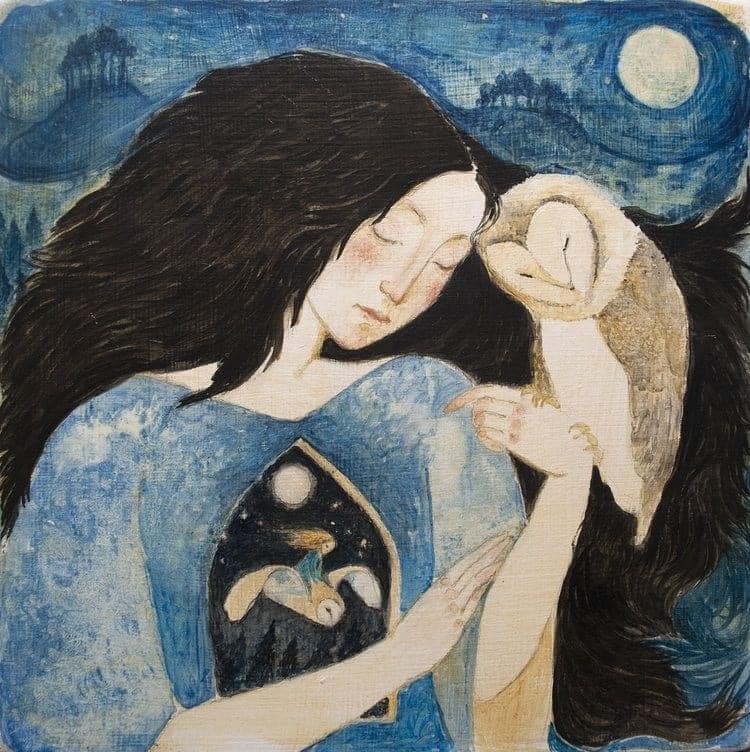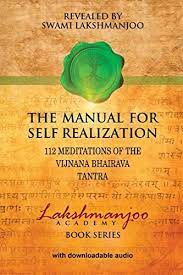meditation 1

Incoming breath
is
(sounds)
Hammmmmmmm . . .
outgoing breath
is
(sounds)
Sooooooooooooo . . .

Observe
their junctions
within
your heart
and outside.
Fullness results.
Notes:
In The Manual for Self Realization (MSR), Swamiji comments that this scripture is for masters to use as a teaching tool.
You may have noticed this is not a word-for-word translation.
For instance, the Sanskrit of the verse does not mention intoning Ham or So.
The use of mantra is, however, implied by the verb uccaret.
In Swamiji and Panditji's presentation, there are two practices in this verse: (a) japa and (b) ajapa.
Japa denotes with the recitation of the mantra.
Ajapa denotes without the recitation of the mantra.
I am assuming that in their logic of mentioning So and Ham, Swamiji and Panditji's presentation of this beginning technique is for beginners.
To practice the japa version, with the mantra, they teach that the meditator should mentally synchronize the breath with the mantra [see also Lakshmanjoo and Hughes' The Manual for Self Realization: 112 Meditations on the Vijnana Bhairava Tantra (MSR)].
In his commentary on this verse in MSR (pp. 32-33), Swamiji teaches that beginners should mentally intone So with the outgoing breath and Ham with the incoming.
Pronunciation: In Sanskrit, the a in Ham sounds like the u in the English words cup, but, and hum. Thus, Sanskrit ham sounds like English Hum.
In So, the o sounds like the o in English so.
Thus, with each cycle of breathing, the mantra so'ham (That I am) is intoned in synchrony with the outgoing and incoming breaths, respectively.
Swamiji assigns this first practice of the scripture to those in the Āṇavopāya (for-beginners) stage of spiritual development.
Swamiji further teaches that in this practice for beginners, the breath moves between two points: those of the outer, bāhya dvādaśānta and the interior, antara dvādaśānta.
In MSR, Swamiji discloses that the bāhya dvādaśānta is a point 12 finger-widths from the center of the eyebrows.
However, in Jaideva Singh's The Yoga of Wonder, Delight, and Astonishment (YWDA), a note on this verse positions the bāhya dvādaśānta as "the point at a distance of twelve fingers [widths] from the tip of the nose in the outer space, where expiration arising from the center of the human body, and passing through the throat and nose ends" (p. 21).
Herein, I presume that YDWA's description is the intended one. My reasoning is that four years after Swamiji and Pandit Dina Nath Muju collaborated on these verses, Jaideva Singh translated the scripture as YDWA, in consultation, word-by-word, with Swamiji.
The glossary of YDWA describes five types of dvādaśānta: (1) A distance of 12 fingers from the tip of the nose in outer space is known as bāhya dvādaśānta. (2) A distance of 12 fingers from the bāhya dvādaśānta to the centre (hṛ́daya) of the body is known as antara dvādaśānta. (3) A distance of 12 fingers from hṛ́daya up to kaṇṭha [throat]. (4) There is a dvādaśānta from the palate to the middle of the eye-brows. (5) There is a dvādaśānta from the middle of the eye-brows to the Brahmarandhra. This is known as the ūrdhva [upper] dvādaśānta [running to the crown of the head]. This distance is of use only when the kuṇḍalinī awakens. (Singh, p. 154).
In the second – a-japa (non-mantra) – technique associated with this verse, the incoming and outgoing breaths automatically "utter" the mantra. So one's attention is on the moments of suspended animation between breaths.

One needs simply to meditate on the incoming and outgoing breaths – and their sweet, limitless junctions.
Swamiji envisions this ajapa practice as more advanced, and so not at all advisable for beginners.
Jaideva Singh, in The Yoga of Delight, Wonder, and Astonishment (YDWA), includes both interpretations. Reading his notes is worthwhile.
To get a feeling for how close Lakshmanjoo and Dina Nath's native tongue, Kashmiri, is to Sanskrit, consider that in Kashmiri, the feminine noun azapā (Sanskrit, ajapa) denotes the following: a certain mantra or mystic formula, which is not uttered, but which consists only in a number of inhalations and exhalations.
Lakshmanjoo and Muju's original reads as follows:
The ingoing breath is (sounds) Ham and outgoing breath is So. Observe their junction both within your heart and outside. Fullness results.
The lineage of Masters in this tradition.
